This post may contain affiliate links which means I will get a commission if you make a purchase at no additional cost to you. As an Amazon Associate I earn from qualifying purchases. Please read my disclosure for details.
Your favorite childhood breakfast cereals might be harboring a dark secret. While these colorful boxes line American supermarket shelves, many are actually banned in countries across Europe, Asia, and beyond due to concerning ingredients and additives.
From BHT preservatives to artificial dyes and excessive vitamin fortification, popular cereals face increasing scrutiny worldwide. The stark contrast between U.S. and international food safety standards raises questions about what exactly we’re serving our families each morning.
Honey Bunches of Oats – Banned in the EU Due to BHT Preservative
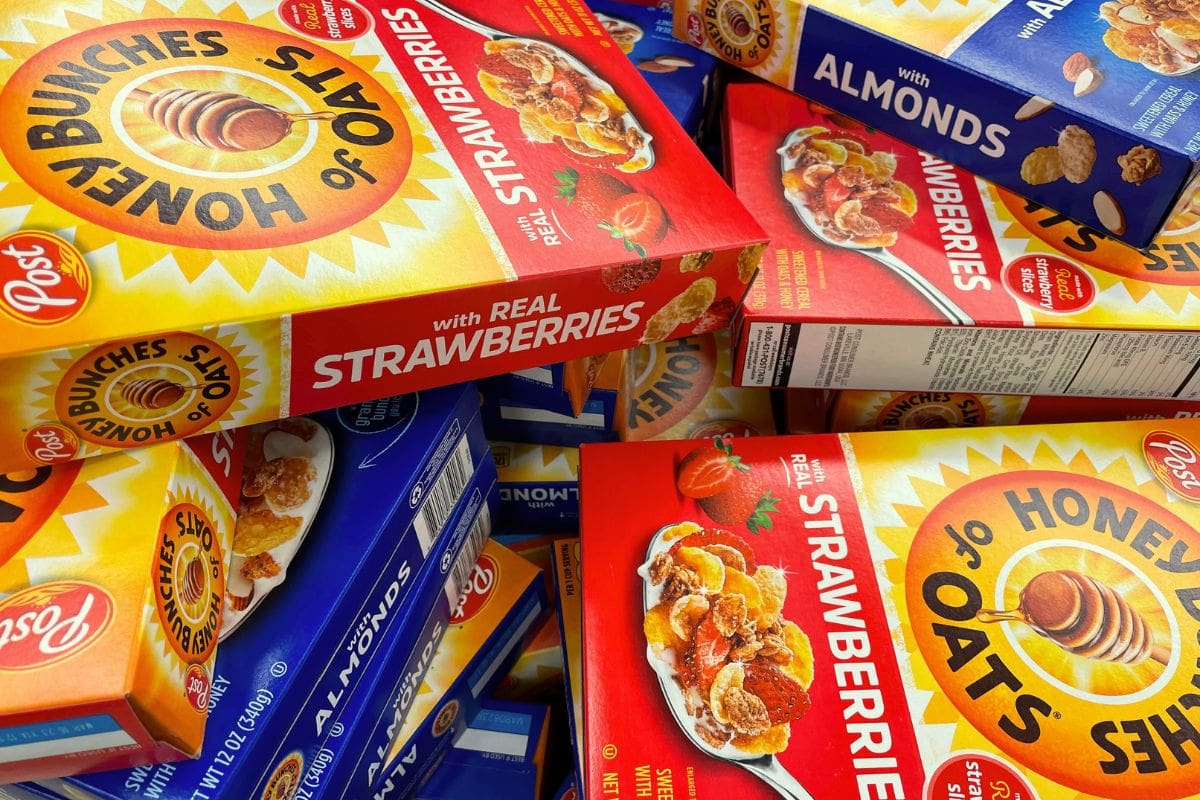
WANT TO SAVE THIS RECIPE?
The European Union has prohibited the sale of Honey Bunches of Oats due to its inclusion of BHT (butylated hydroxytoluene), a synthetic preservative.
While Post continues to use BHT to maintain freshness in U.S. markets, the EU has restricted this additive based on research suggesting potential risks to liver, kidney, and lung health over time. The FDA maintains BHT’s safety in small amounts, creating a stark regulatory contrast between American and European markets.
Related Post: 10 Old-School Restaurant Chains That Barely Exist Now
Frosted Flakes – Banned in Japan and EU for BHT Content
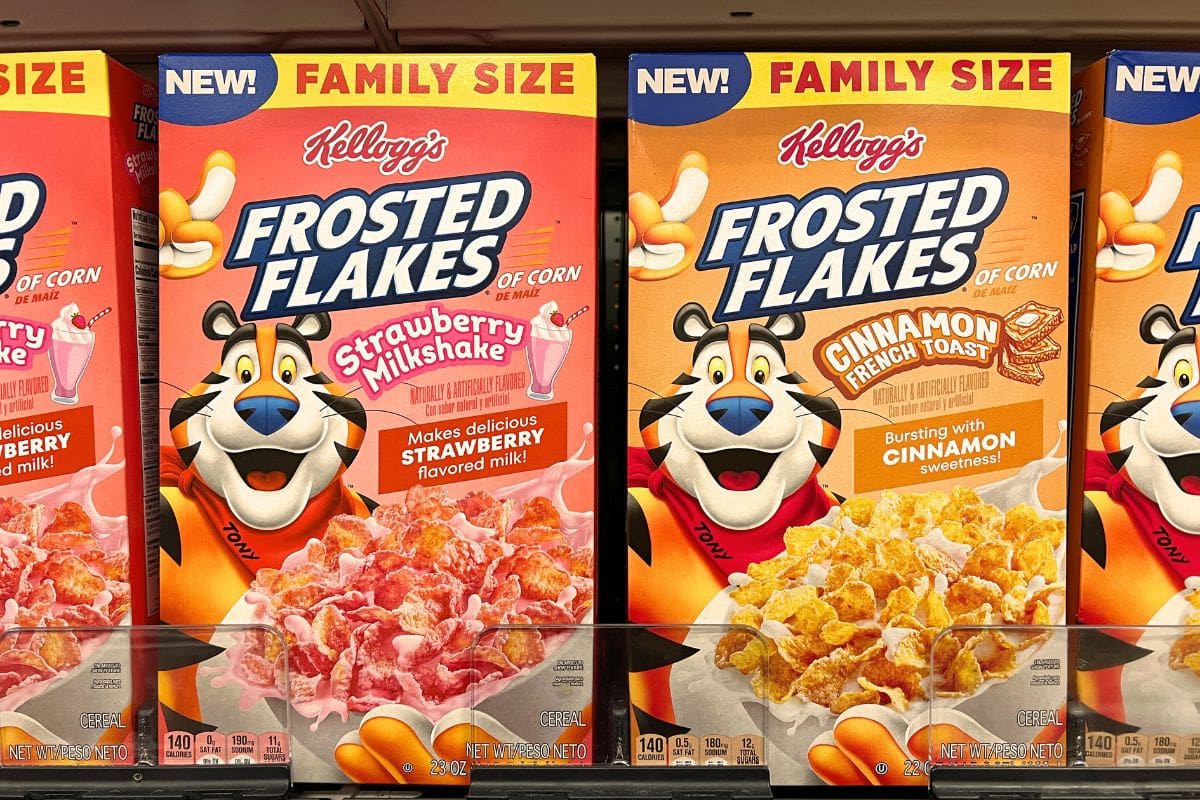
Japan and the European Union have stopped the sale of Frosted Flakes cereal due to its BHT content, a synthetic antioxidant used to prevent spoilage.
While the FDA considers BHT safe in limited quantities for American consumers, international regulators cite studies suggesting possible carcinogenic properties. This restriction highlights different food safety standards between regions, though research remains inconclusive about BHT’s long-term health effects.
Related Post: 10 Grocery Shopping Habits Older Generations Had That Made Life Simpler
Lucky Charms – Banned in Several Countries for Artificial Food Dyes
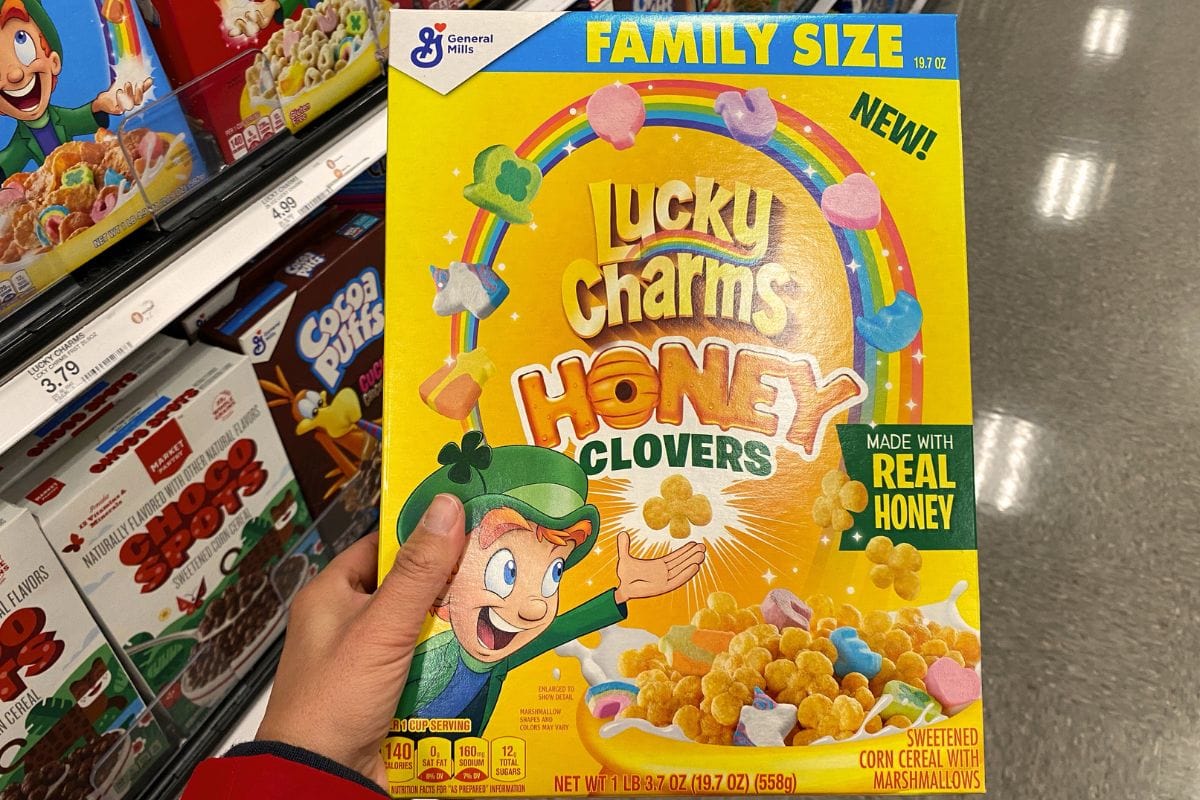
Several countries have blocked Lucky Charms from their grocery stores due to the artificial food dyes in its marshmallow pieces. The European Union took action after studies linked these synthetic colors to adverse effects on children’s health.
General Mills does not distribute Lucky Charms in Japan, where strict regulations govern artificial food additives. While the cereal remains BHT-free, its signature rainbow-colored marshmallows fail to meet international food safety standards.
Related Post: 15 Common Food Myths You’ve Been Believing for Years
Count Chocula – Restricted in Canada Due to High Sugar Content
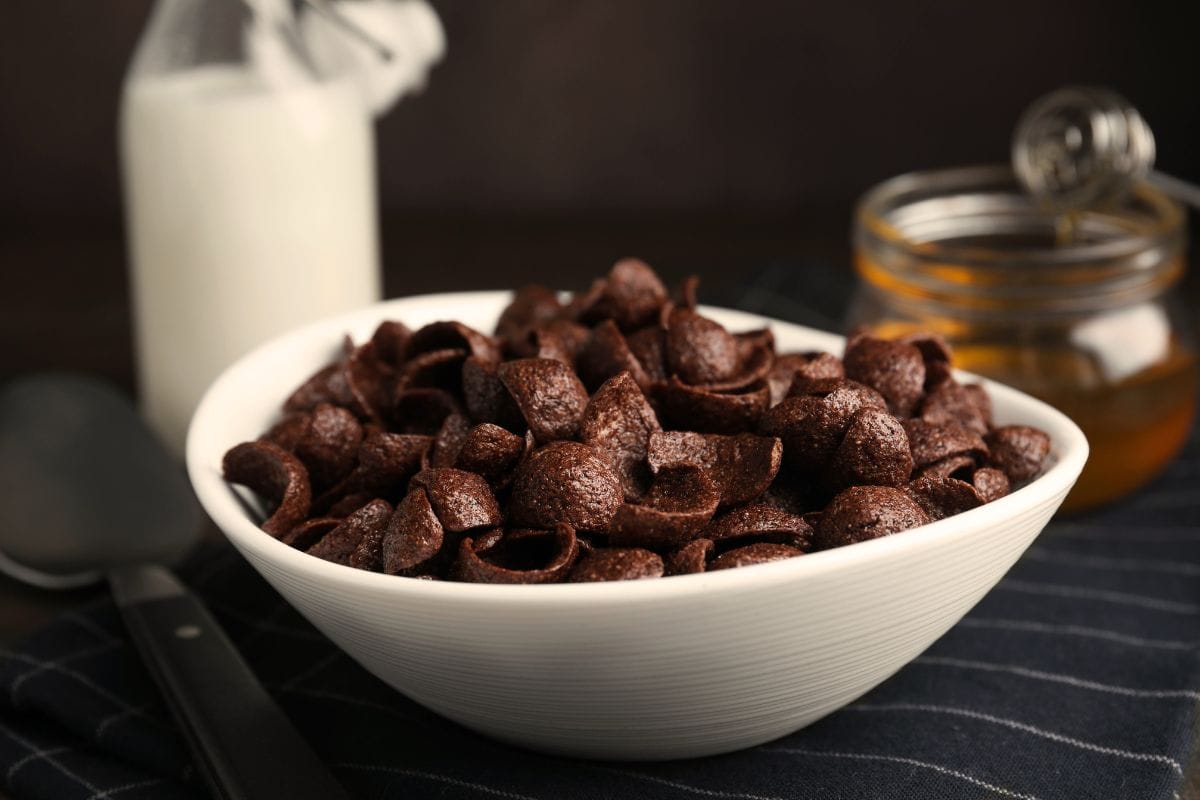
Mounting concerns about sugar content in breakfast cereals have intensified scrutiny of popular brands, including Count Chocula. While specific restrictions on Count Chocula in Canada remain unconfirmed, food industry experts point to widespread concerns about sugar-laden cereals.
Marketing often mask high sugar content through deceptive packaging claims, prompting health advocates to question the breakfast cereal’s nutritional value.
Related Post: 8 Everyday Foods Facing Higher Prices Under Trump’s Tariffs
Post Shredded Wheat – Not Sold in Europe Due to BHT Preservative
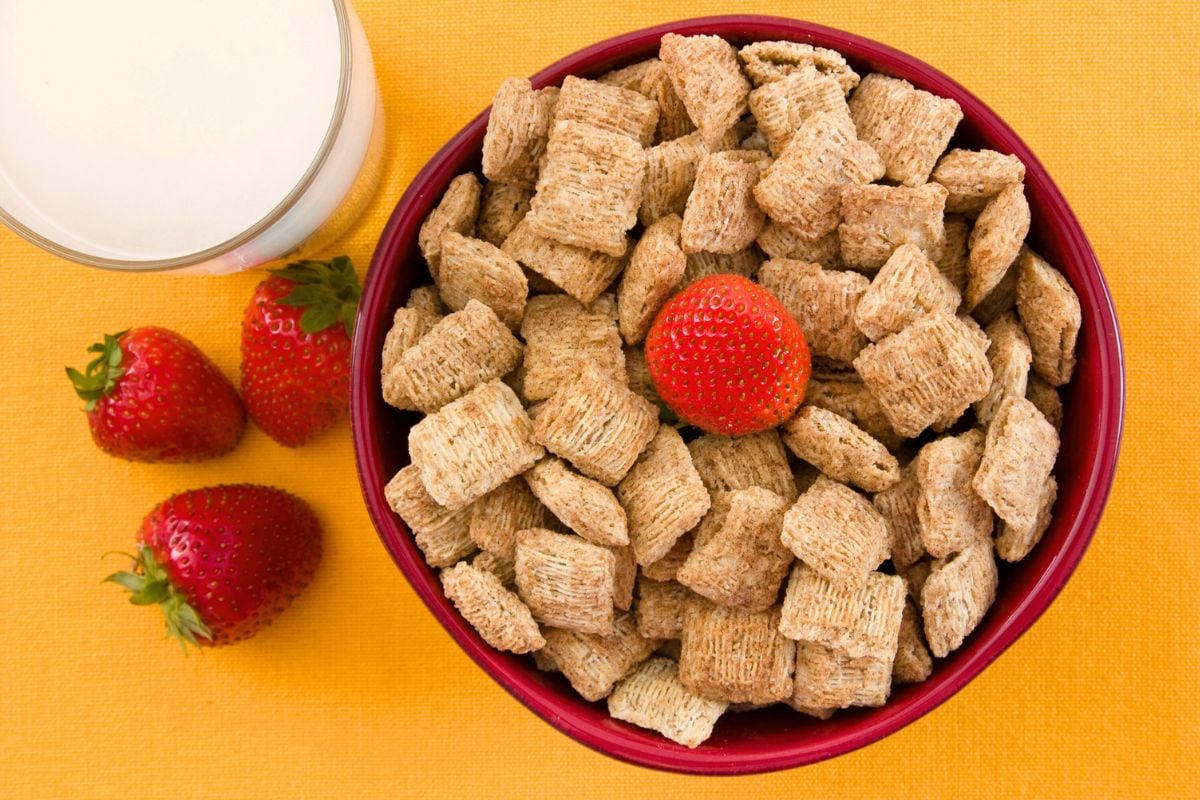
Post’s use of BHA and BHT in their cereal products has limited their international market presence, particularly in European countries where the preservative faces strict regulations.
While Post continues to add BHT to maintain shelf life in American markets, European food safety authorities have restricted its use. This limitation affects multiple Post cereals, though specific confirmation about Shredded Wheat’s European availability remains unclear amid broader discussions about food additive safety.
Sign up now to receive our exclusive e-cookbook filled with top-rated recipes for FREE!
Apple Jacks – Absent from Many International Kellogg’s Product Lines
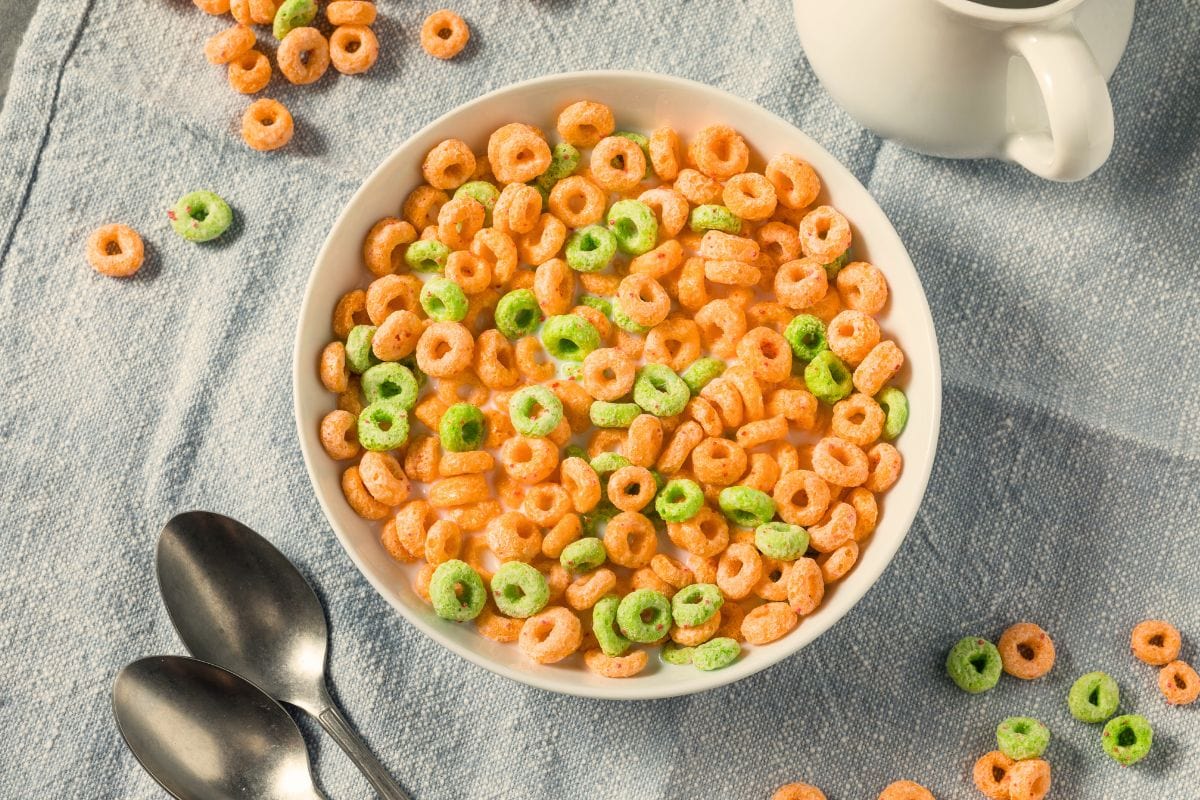
Apple Jacks remains notably absent from Kellogg’s product offerings in the UK, Denmark, Norway, Germany, and Australia. While the American version contains no BHT, the cereal’s lack of presence in international markets points to broader differences in regional food preferences and regulations.
Kellogg’s has not provided official statements about Apple Jacks’ limited global distribution, suggesting possible market-specific factors influencing product placement decisions.
Related Post: 14 Sneaky Restaurant Pricing Tricks That Make You Overpay
Corn Flakes – Banned in Denmark for Excessive Vitamin Fortification

Denmark banned Kellogg’s Corn Flakes in 2004, citing excessive vitamin fortification that could harm children’s kidney and liver functions through regular consumption. The ban extended to Special K and other heavily fortified cereals.
While Kellogg’s adapted their formula for European markets, they kept the high-vitamin version in America. Danish food authorities emphasized that unnaturally high vitamin levels in processed breakfast foods posed unnecessary health risks to consumers.
Related Post: 10 Supermarket “Sales” That Aren’t Really a Good Deal
Cap’n Crunch – Banned in Chile and Mexico Due to Mascot Restrictions
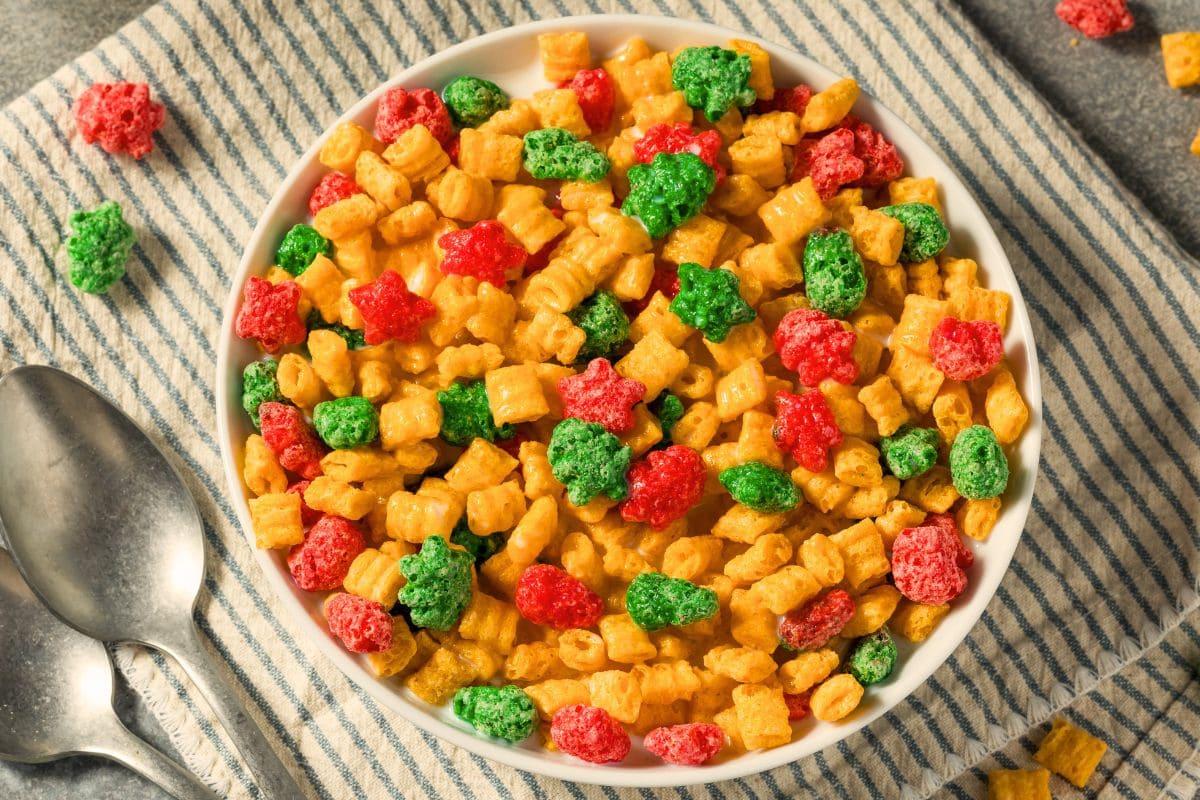
Cap’n Crunch faces sales restrictions in Chile and Mexico under laws prohibiting cartoon mascots on sugary cereals. Store owners must cover the animated sea captain with stickers to comply with regulations aimed at reducing childhood obesity.
The cereal’s composition adds to health concerns, containing BHT preservative and artificial colors yellow No. 5 and yellow No. 6. These countries’ stance reflects broader efforts to stop marketing to kids and limit marketing of processed foods to children.
Related Post: Are You Guilty of These Terrible Kitchen Habits?
Froot Loops – Blue Version Excluded in Europe Due to Food Dye Concerns
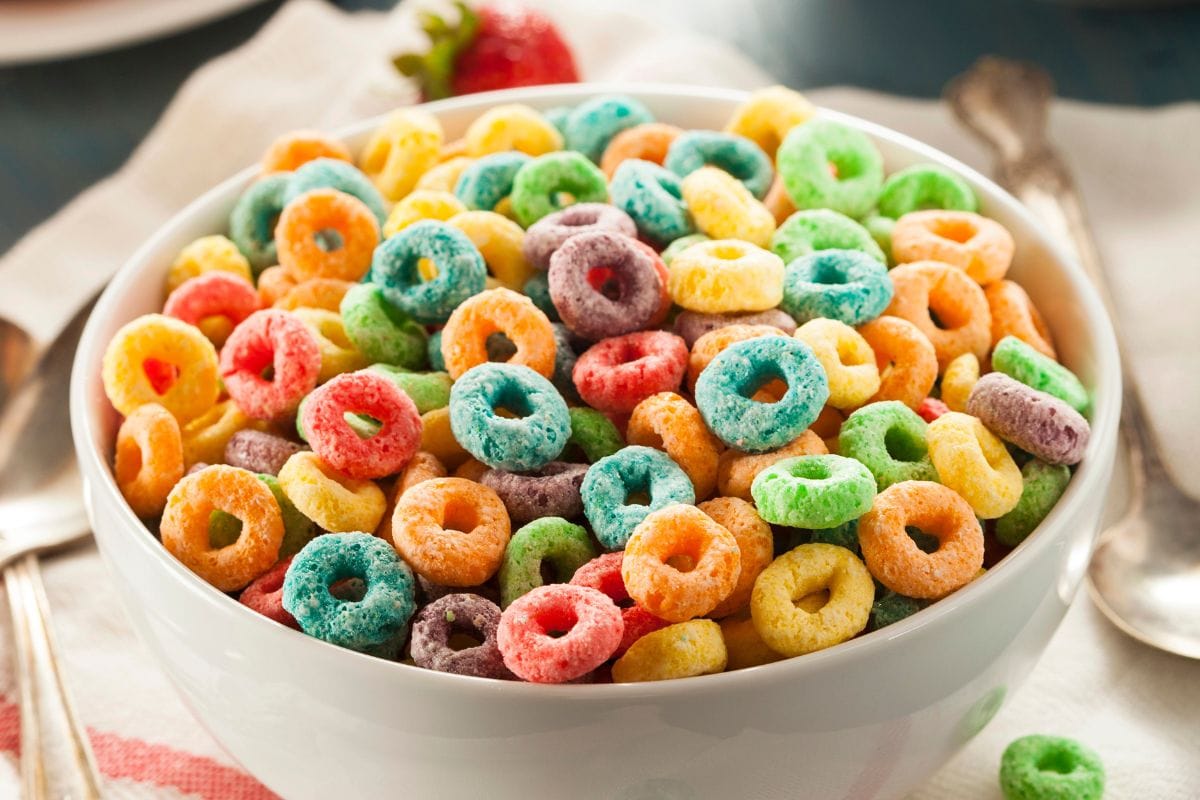
European markets offer Froot Loops without the signature blue rings found in American versions. While Kellogg’s maintains its full-color spectrum in the U.S., European regulations limit artificial color usage, particularly blue food dyes.
This restriction stems from studies linking synthetic food colorings to behavioral changes in children. The cereal’s European variant continues to sell with a modified color palette that meets local food standards.
Related Post: 11 Expensive Grocery Items That Are Cheaper in a Different Aisle
Cinnamon Toast Crunch – Original Version Banned in EU Countries for BHT
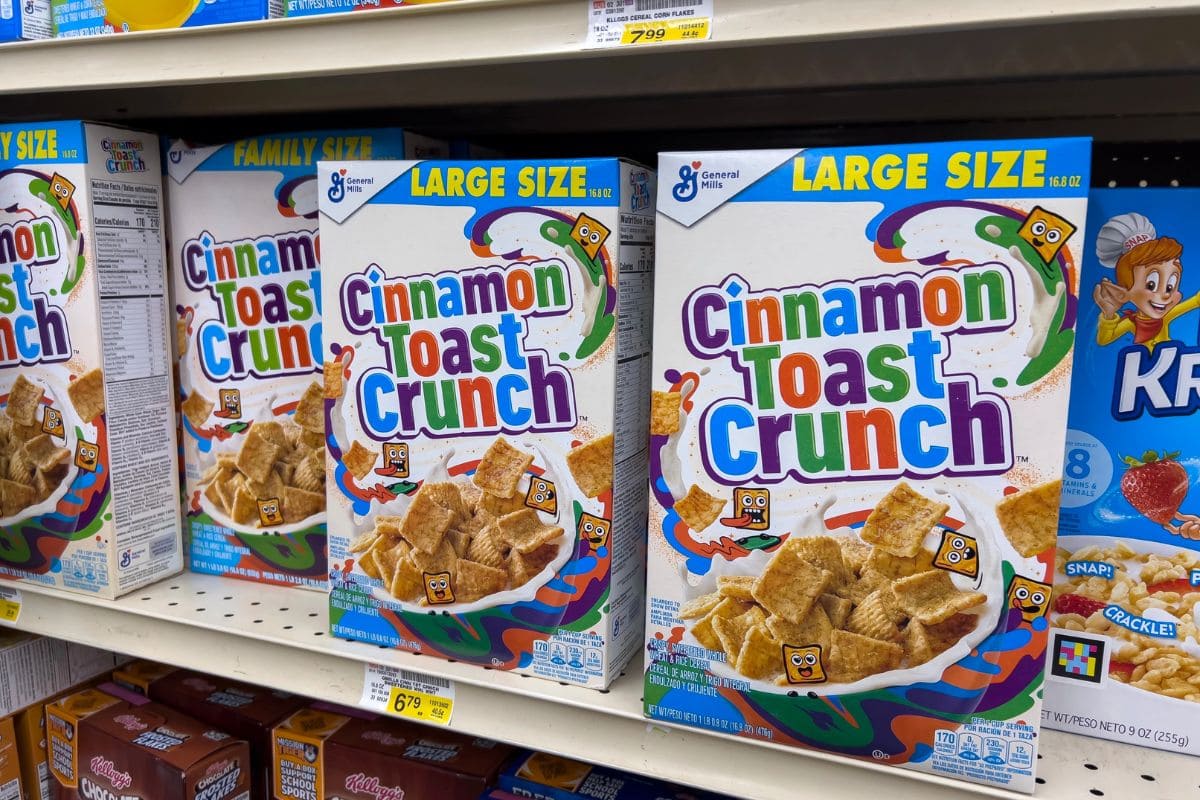
The U.S. version of Cinnamon Toast Crunch remains off EU shelves due to its BHT content. While American consumers enjoy the original recipe, General Mills created “Cini Minis” for international markets, removing the synthetic preservative to meet strict European food regulations.
The modified international version produces noticeable taste differences, according to consumer reports, marking a clear distinction between U.S. and EU breakfast cereal standards.
Sign up now to receive our exclusive e-cookbook filled with top-rated recipes for FREE!
Cookie Crisp – Banned in Canada Due to Vitamin C Fortification
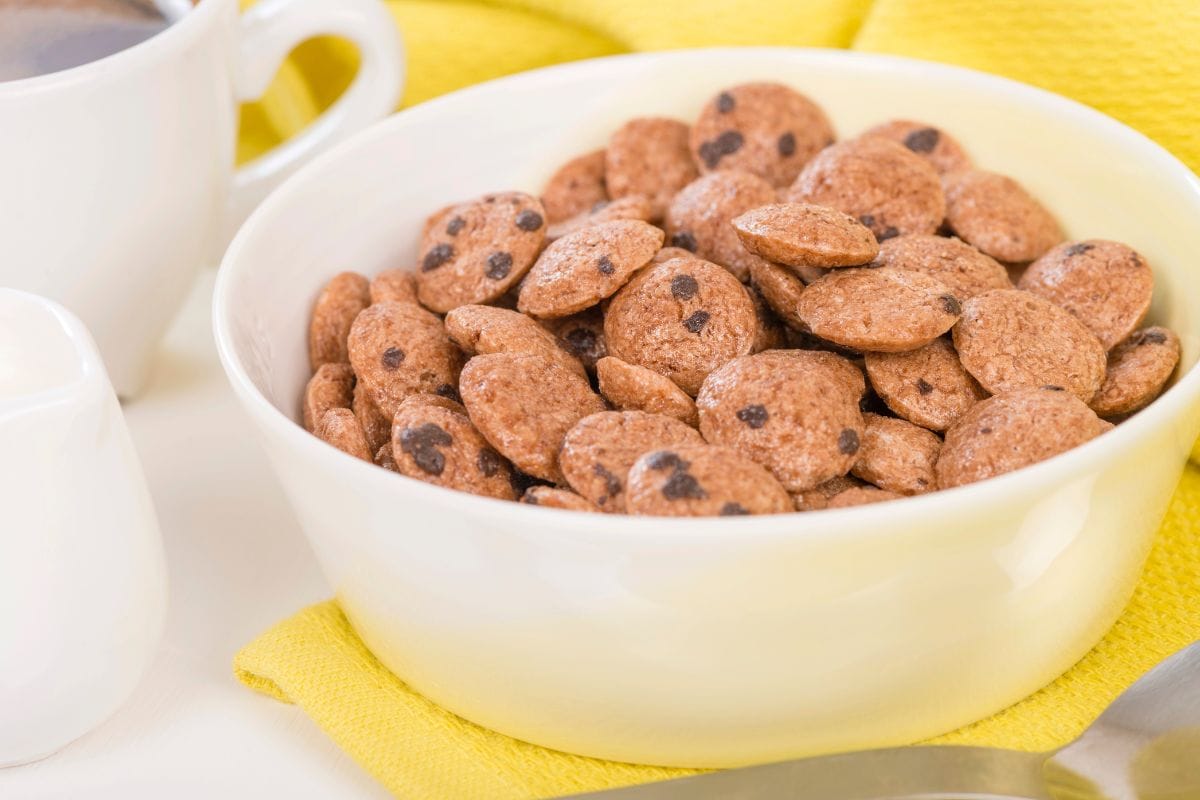
Canada has blocked Cookie Crisp from store shelves due to its vitamin C fortification levels, which exceed national regulations. The chocolate chip cookie-shaped cereal falls under strict Canadian guidelines limiting added nutrients in processed breakfast foods.
The Stop Marketing to Kids Coalition reports that Health Canada cites potential risks from over-fortification, particularly when children consume multiple fortified products daily. The cereal’s high sugar content combined with concentrated vitamin levels raised additional concerns among Canadian food safety officials.
Related Post: 10 Foods That Have Shrunk in Size but Increased in Price
Kashi Cereals – Controversy Over GMO Ingredients and “All Natural” Claims
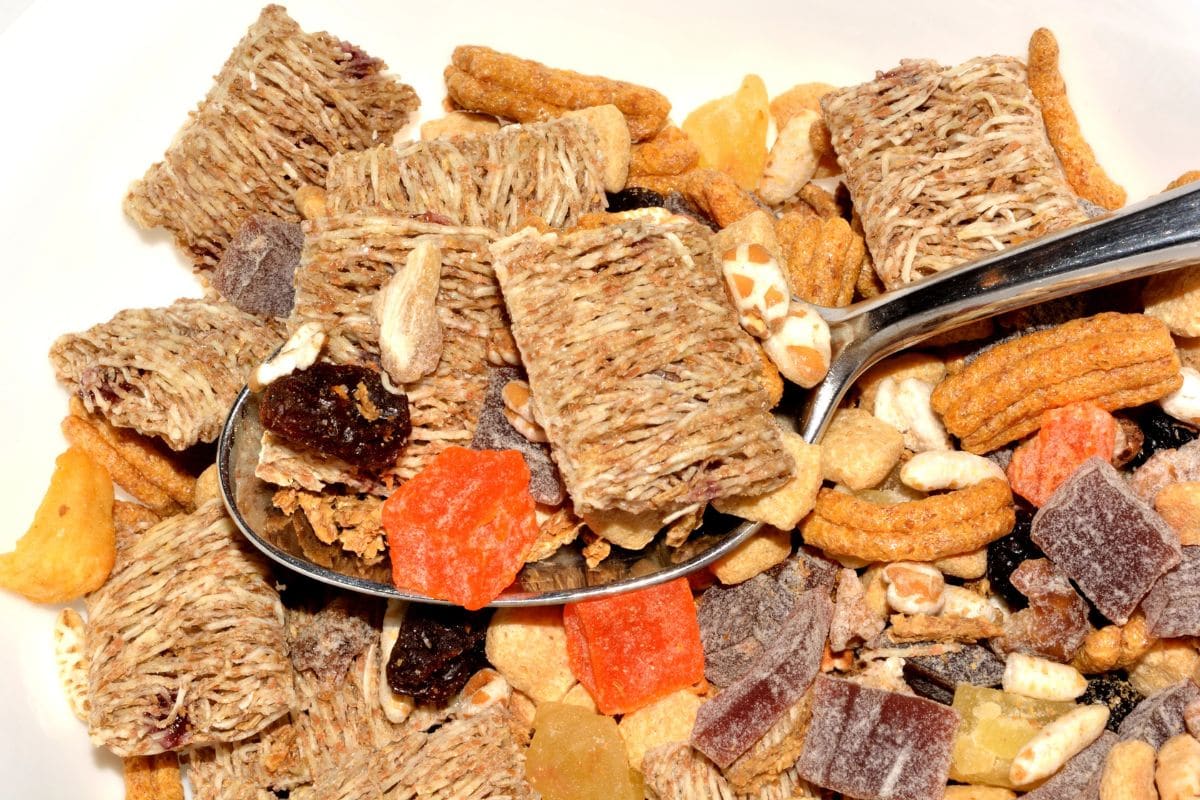
Kashi faced backlash after tests showed genetically modified ingredients in products labeled “All Natural.” Tests detected GMO soy and corn components, leading to customer protests and legal action.
The company’s parent, Kellogg’s, paid $5 million in a class-action settlement over misleading labeling. Tests also found glyphosate residue on certain Kashi products, raising additional concerns about ingredient sourcing and marketing claims.
Related Post: 13 Worst Grocery Store Tricks Designed to Mislead Store Shoppers
The Global Divide in Breakfast Cereal Standards
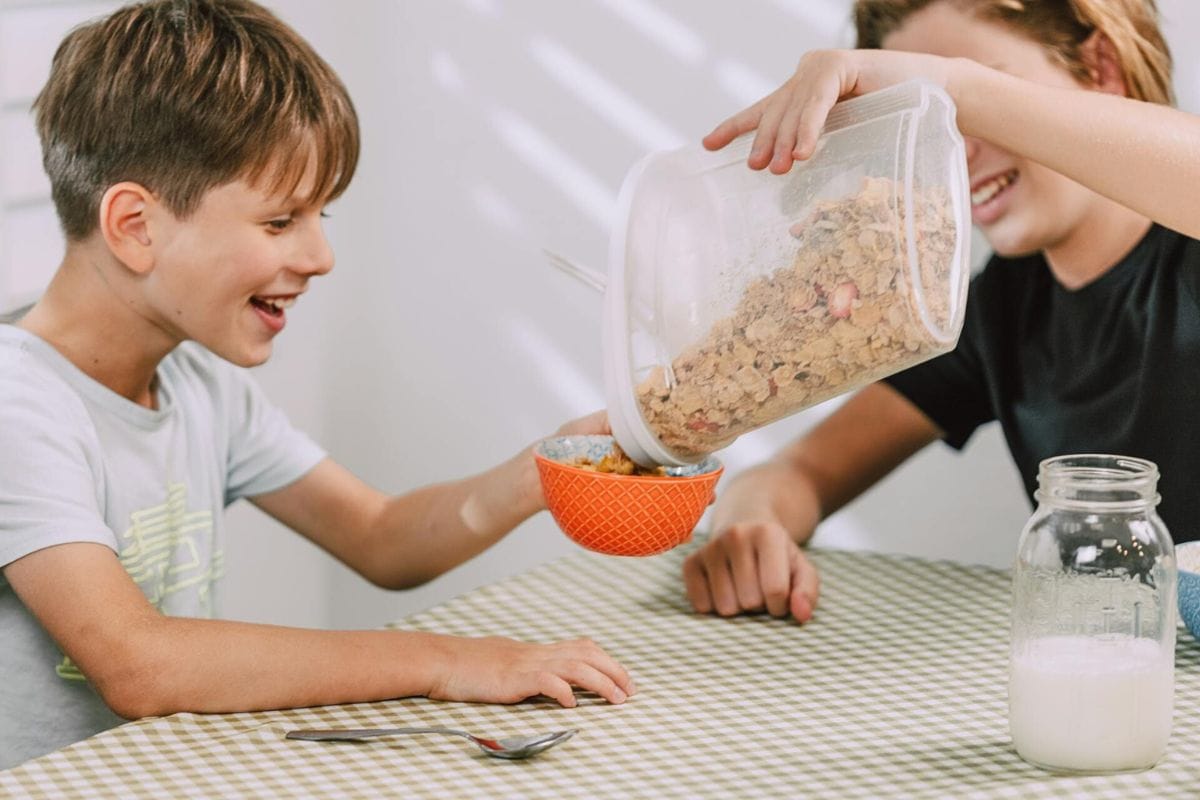
The widespread banning of popular American breakfast cereals abroad highlights a significant disparity in international food safety standards. While the FDA continues to approve controversial ingredients like BHT, artificial dyes, and high levels of vitamin fortification, other nations take a more precautionary approach to protect public health.
As consumers become more aware of these differences, pressure mounts on American manufacturers to reformulate their products.
The question remains: will U.S. food safety standards eventually align with stricter international regulations, or will our breakfast tables continue to feature ingredients deemed too risky for consumption elsewhere?
Sources:
- Cereals That Are Banned In Other Countries – Mashed
- The Surprising Reason Frosted Flakes Are Banned In Other Countries
- Common American Cereals That Are Banned In Other Countries
- Breakfast Cereals and Their Use of Misleading Information
- Top 10 Toxic Kids Cereals to Avoid at All Costs – Mamavation
Disclaimer: This list is solely the author’s opinion based on research and publicly available information.
13 Worst Grocery Store Tricks Designed to Mislead Store Shoppers

Ever walked into a grocery store for just a few essentials, only to leave with a cart full of things you didn’t plan to buy? It’s not your lack of willpower—it’s by design!
Read it here: 13 Worst Grocery Store Tricks Designed to Mislead Store Shoppers
10 Old-School Restaurant Chains That Barely Exist Now
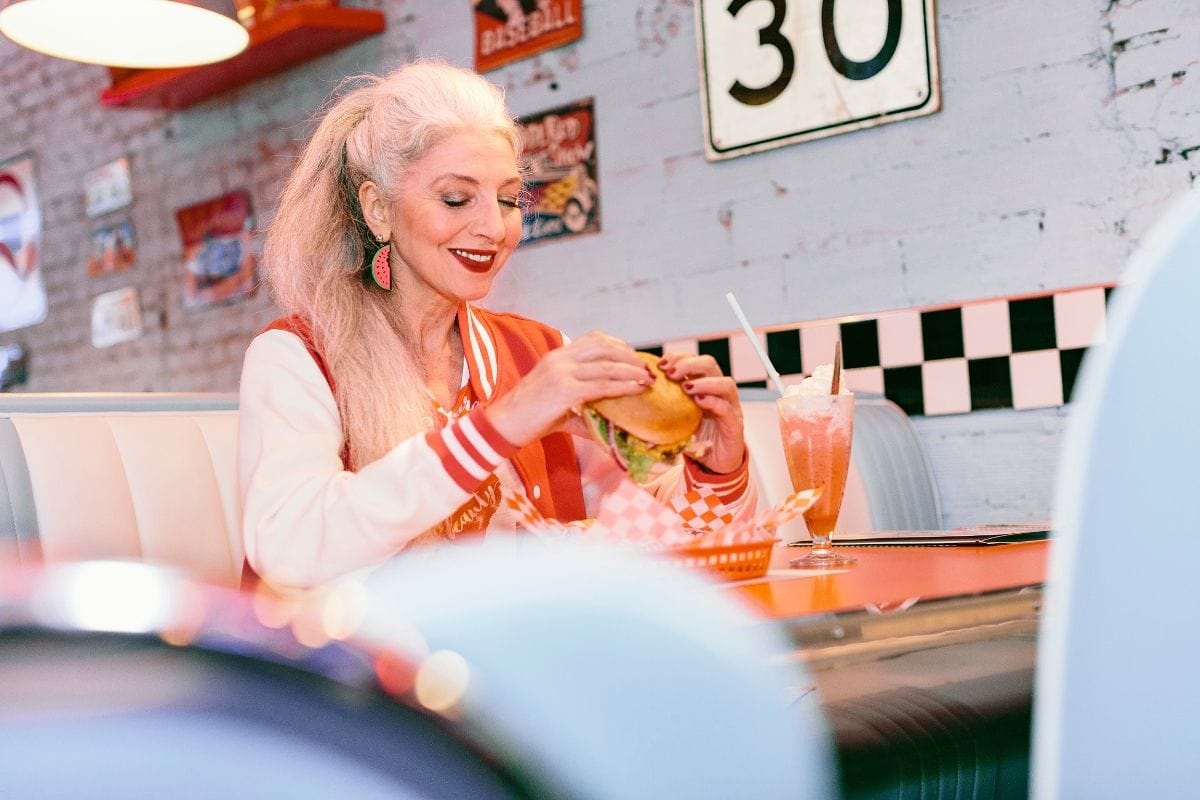
America has seen its fair share of beloved restaurant chains come and go. While some nostalgic favorites have completely disappeared, others are hanging on by a thread, with only a handful of locations left. These restaurants once thrived, serving up classic American comfort food, burgers, and shakes to generations of diners.
Read it here: 10 Old-School Restaurant Chains That Barely Exist Now
11 Expensive Grocery Items That Are Cheaper in a Different Aisle
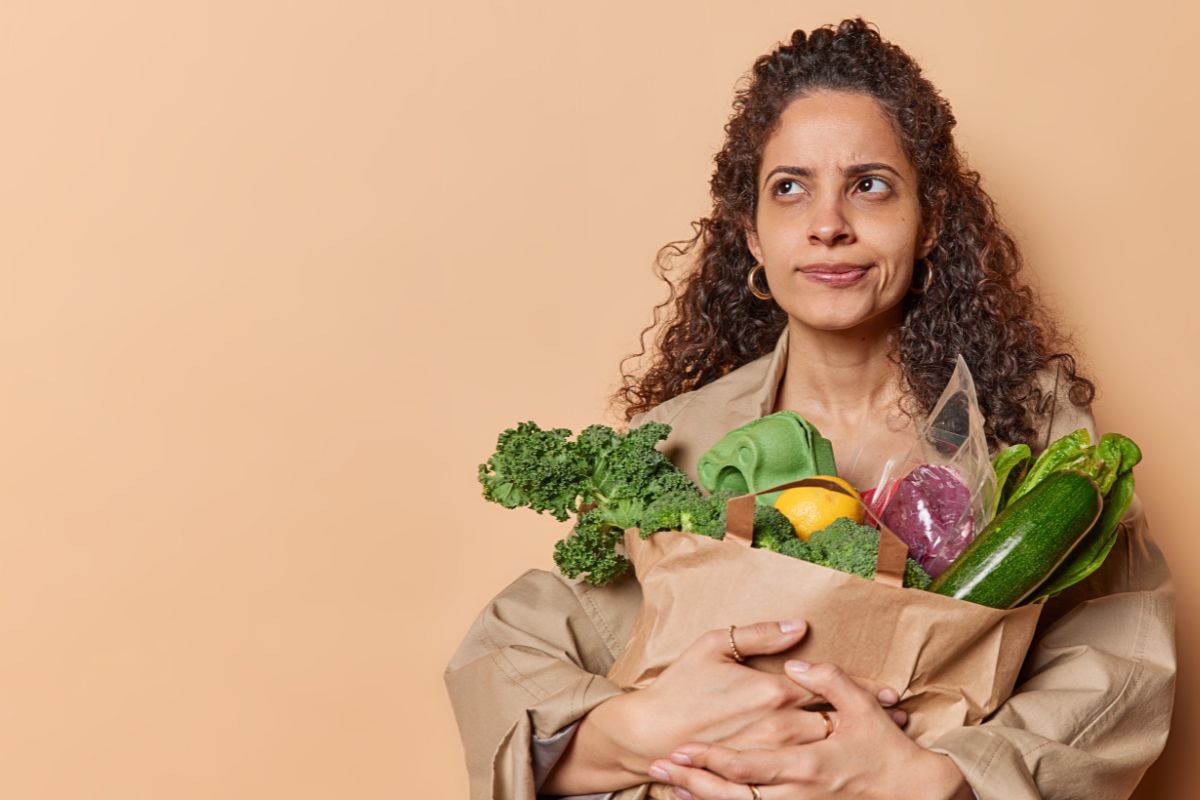
Grocery stores are designed to make you spend more than necessary, often by placing similar products in different aisles with dramatically different price tags. Many shoppers unknowingly pay premium prices for items that can be found cheaper just a few shelves away. By knowing where to look, you can save big on everyday essentials.
Read it here: 11 Expensive Grocery Items That Are Cheaper in a Different Aisle
Is Walmart+ Still Worth It in 2025? The Truth After 3 Years

Could you be missing out on major savings and life-changing convenience? After three years with Walmart+, I’m sharing the honest truth about what’s worth it—and what’s not. Don’t sign up (or skip out!) without reading this first!
Read it here: Is Walmart+ Worth It? Honest Review 3 Years Later!
